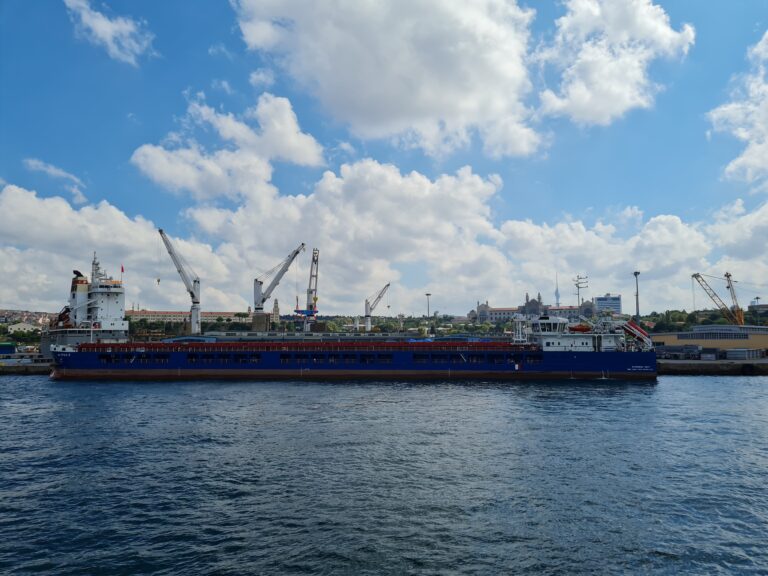While biofuels still hold a reputation as a promising solution to the decarbonization of the maritime sector, their long-term use could be hindered by limited supply in the future, classification society
While biofuels still hold a reputation as a promising solution to the decarbonization of the maritime sector, their long-term use could be hindered by limited supply in the future, classification society DNV pointed out in the latest white paper.

According to DNV’s white paper “Biofuels in Shipping”, biofuels like FAME (fatty acid methyl ester) and HVO (hydrotreated vegetable oil) have ‘great potential’ for reducing greenhouse gas (GHG) emissions and supporting compliance with maritime regulations.
However, the limited supply of affordable sustainable biomass as well as the competition from other sectors could constrain their long-term use in the future.
As reported, the maritime sector consumed 0.7 million tonnes of oil equivalent (Mtoe) of liquid biofuels in 2023, representing only 0.6% of global liquid biofuel supply and 0.3% of shipping’s total energy use. This highlights the limited uptake of biofuels in shipping today compared to other sectors, DNV explained.
Despite this limited use, biofuels could support shipowners in reducing GHG emissions and complying with regulatory frameworks, such as CII, EU ETS, and FuelEU Maritime, provided they meet stringent sustainability and GHG savings requirements, verified through a Proof of Sustainability (PoS) or similar document.
Drawing on in-depth interviews and written surveys of eight biofuel suppliers and 12 shipping companies, the paper identified more than 60 locations that have already been proven to have carried out biofuel bunkering operations since 2015. The report estimates that the ports of Singapore and Rotterdam accounted for about half of all biofuels supply to shipping in 2023, DNV said.
Knut Ørbeck-Nilssen, CEO of Maritime at DNV, stated: “Biofuels present a promising decarbonization option for shipowners, and it’s encouraging to see steady growth in the number of bunkering ports offering biofuels in recent years. However, the long-term future of the maritime biofuel market hinges on the availability of sustainable biomass at an affordable level, as well as competition with other sectors. Shipowners should, therefore, aim to explore energy efficiency measures and alternative fuels as part of their wider decarbonization strategies, while utilizing biofuels where they are available and affordable.”
Considering that the majority of biofuel consumption in shipping occurs through fuel blends, combining biofuels like FAME and HVO with conventional oil-based fuels, the latest white paper also includes an overview of the main technical and operational considerations for the use of biofuel as a ‘drop-in’ fuel. This includes key recommendations to shipowners such as verifying fuel quality, compatibility with onboard systems, and monitoring performance.
Øyvind Sekkesæter, Consultant in Maritime Environmental Technology at DNV and Lead Author of “Biofuels in Shipping”, added: “The technical compatibility of key marine biofuels like FAME and HVO varies from ship to ship, making it essential to assess each case individually. Doing so will ensure that the fuel specification and quality are compatible with their intended application, minimizing the risk of damage to equipment and loss of power onboard the vessel.”
Related Article
-
Biofuel key to maritime decarbonisation, but challenges present, DNV says
Outlook & Strategy
Content Original Link:
" target="_blank">

























































